Charles Willson Peale (1741-1827)
We Perform Charles Willson Peale art authentication. Charles Willson Peale appraisal. Charles Willson Peale certificates of authenticity (COA). Charles Willson Peale analysis, research, scientific tests, full art authentications. We will help you sell your Charles Willson Peale or we will sell it for you.
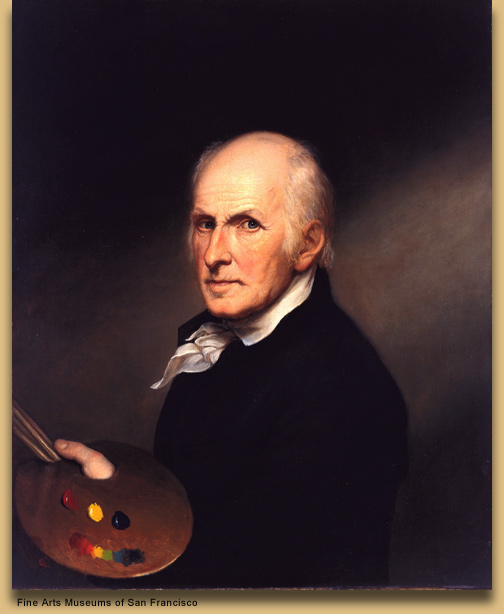
Charles Willson Peale was a Colonial American portrait painter born in Maryland and lived most of his life in Annapolis. Peale has been called “the artist of the American Revolution” by art historians, not only because he so beautifully executed historical paintings during that time, but also because he was a part of the action. He was the son of a saddle maker and as a young boy, Peale taught himself to paint by studying the works of fellow portrait painter John Hesselius. It is even said that Peale traded one of the saddles that he made himself for lessons fro Hesselius. Peale also later traveled to Boston to study the works of John Singleton Copley.
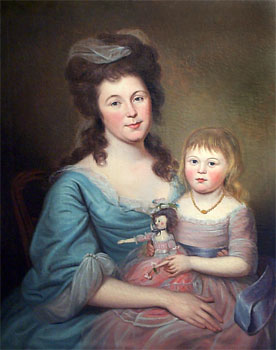
In 1767, many of Peale’s patrons funded a trip for him to London where he studied under American painter Benjamin West. Upon his return to America in 1769, Peale spent the next few years traveling all over the colonies painting portraits. In 1775, Peale moved to Philadelphia. He was a devoted patriot and became a private in the city military, and eventually ranked as the first lieutenant. Peale was at the front lines during the Revolution and even took part in the historical crossing of the Delaware River, following just behind Washington’s army in 1776. Peale had continued to paint even while on the battlefield and these paintings serve as historical documentation today of the American Revolution.

In 1802, Peale decided to begin painting a historical record of the Revolution. In affect, Peale also founded a museum at Independence Hall where these paintings could be displayed, and where his war time portraits could hang. This museum was later co-owned by P.T. Barnum.
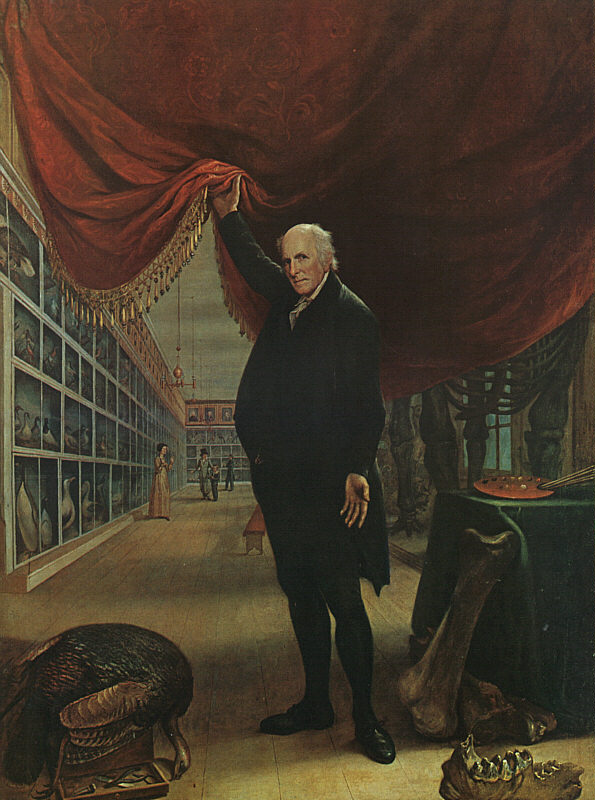
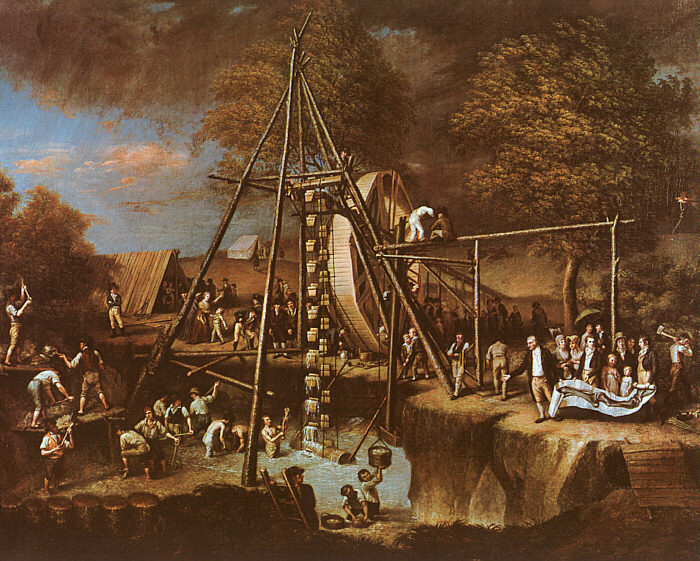
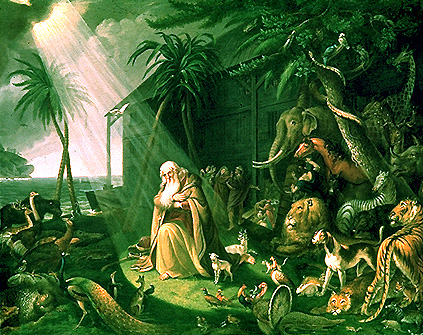
Charles Willson Peale was only the first in a line of what would be a family of great American painters. He was the father to 17 children, many of which were named after old master artists themselves. Some of his children also succeeded in becoming great artists; Raphaelle, Rembrandt, Rubens and Titian Ramsay Peale all became great artists, as well as his nephew Charles Peale Polk and his niece Sarah Miriam Peale. Charles also taught his brother James Peale to paint, and he too became a successful painter in his own right.
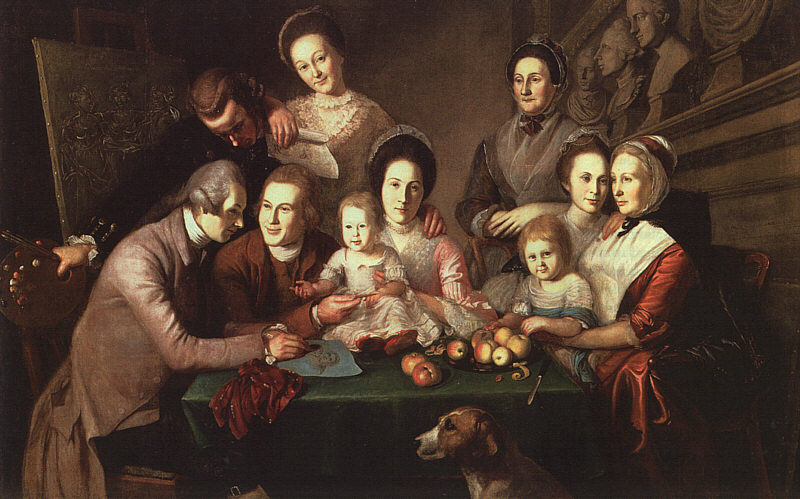
Towards the end of his life, Peale began to paint less and less. He delved himself into the sciences and natural history, and began to incorporate these elements into his museum. One of Peale’s greatest accomplishments of that time was the reconstructed mammoth skeleton that he discovered and dug up himself, which was also displayed at his museum. Peale was an inventor and also worked in taxidermy, dentistry, optometry, carpentry, cobbling and creating farm equipment during this time, and was by all means a true Renaissance man of his time.
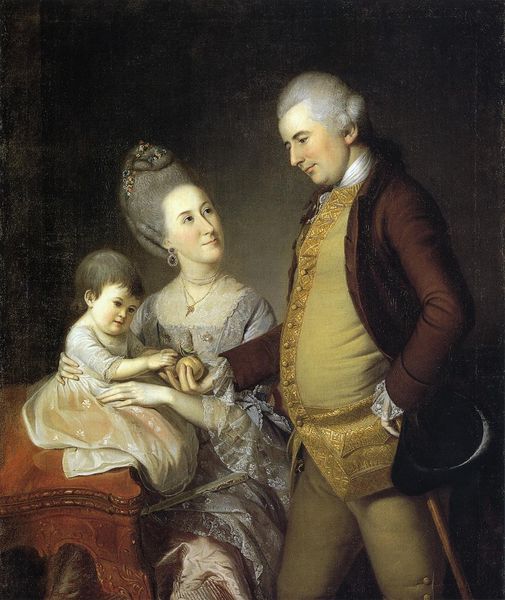
Even though in his later years Peale painted less, throughout his entire life he was highly prolific. He painted portraits of a number of famous Americans from John Hancock to Thomas Jefferson, George Washington and Alexander Hamilton.
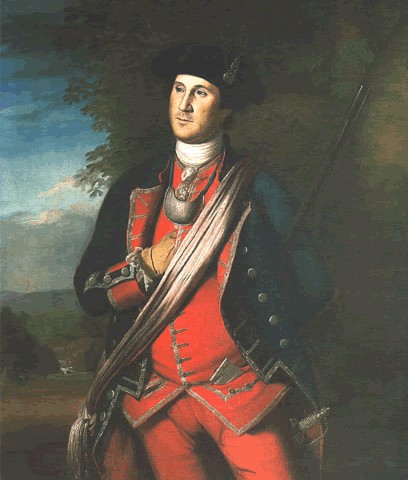
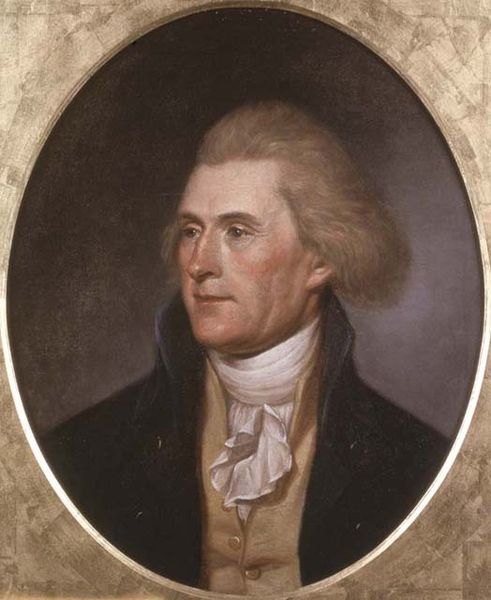
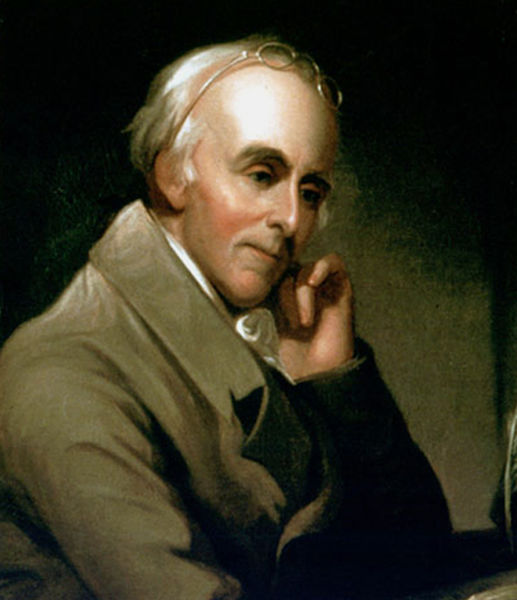
In fact, Peale painted nearly 60 portraits of George Washington alone. His 1779 portrait of “Washington at Princeton” also broke the record for highest price ever paid for an American portrait at auction; $21.3 million.
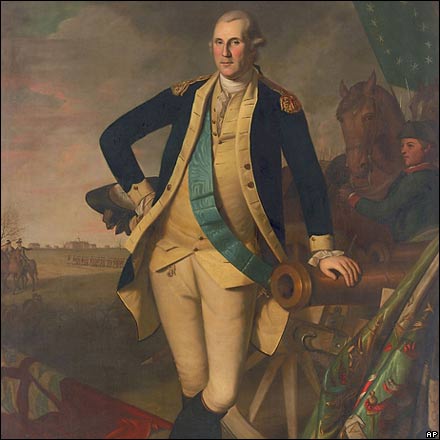
Today, Peale’s work is housed in museums and private estates all over New England, and perhaps in your own home. He traveled quite extensively through the colony painting portraits, and also painted in England, so one of his paintings could turn up literally anywhere. Still wondering about a family portrait or historical painting hanging in your home? Contact us…it could be by Charles Willson Peale.
Reviews
1,217 global ratings
5 Star
4 Star
3 Star
2 Star
1 Star
Your evaluation is very important to us. Thank you.
